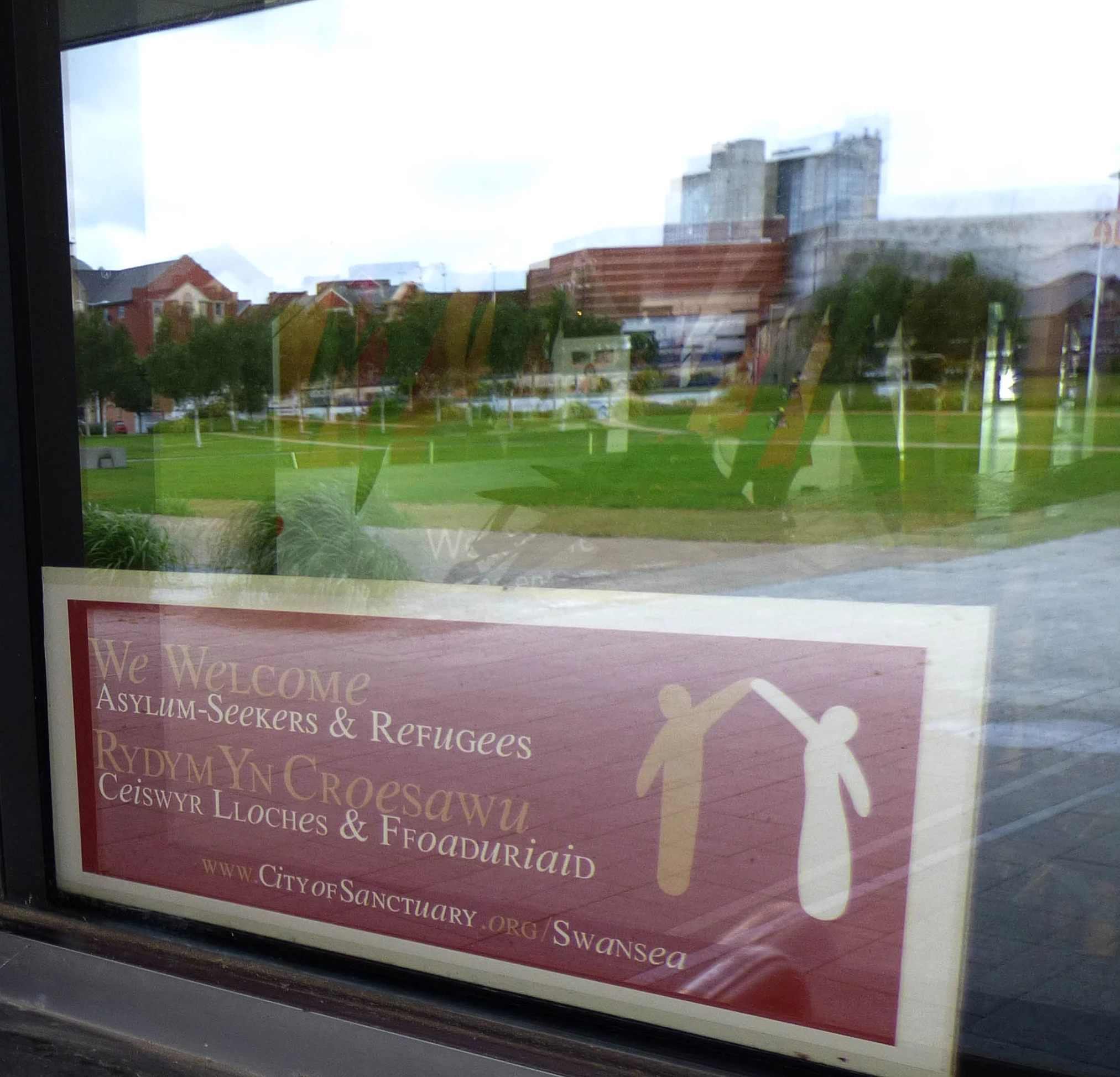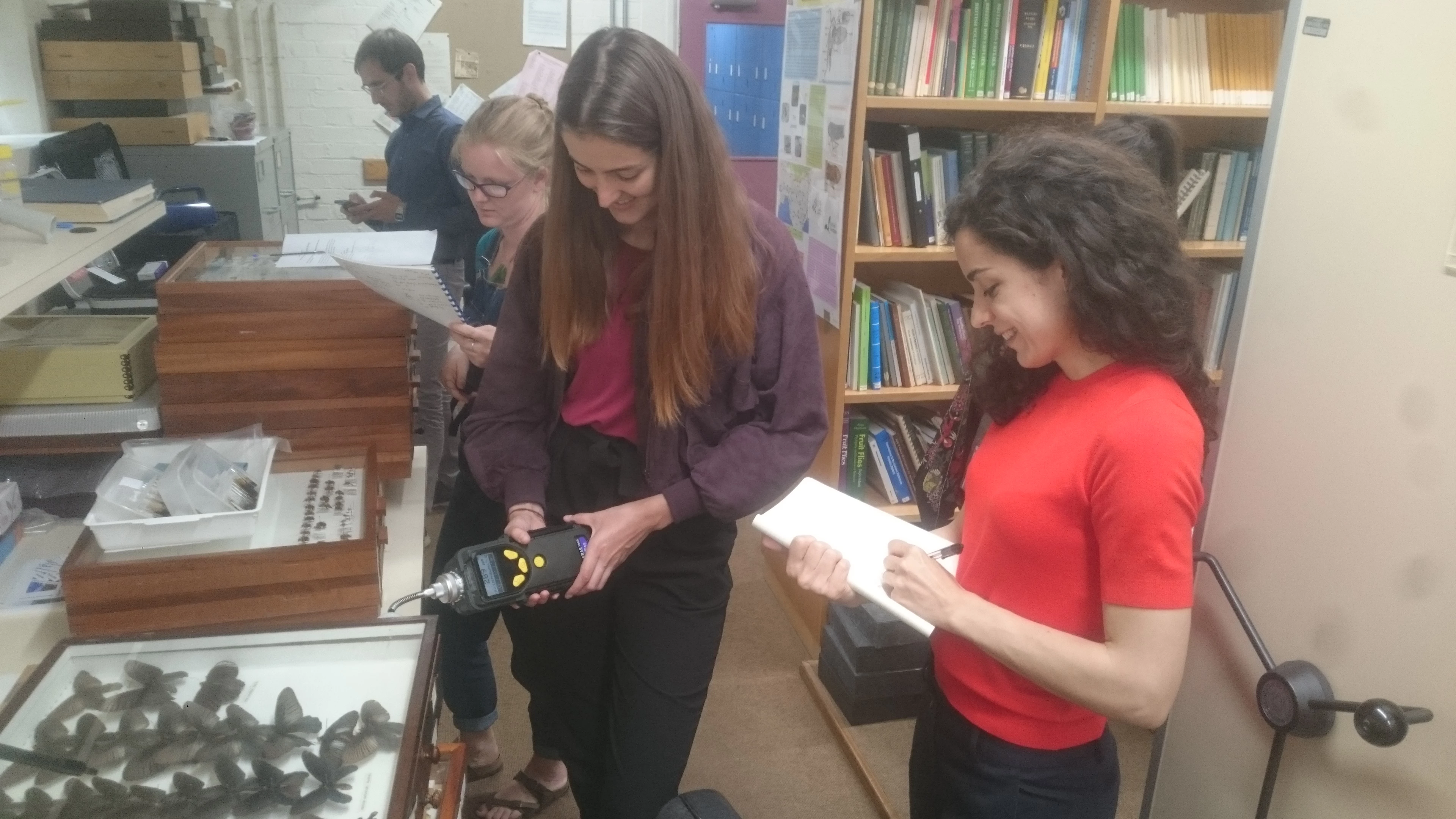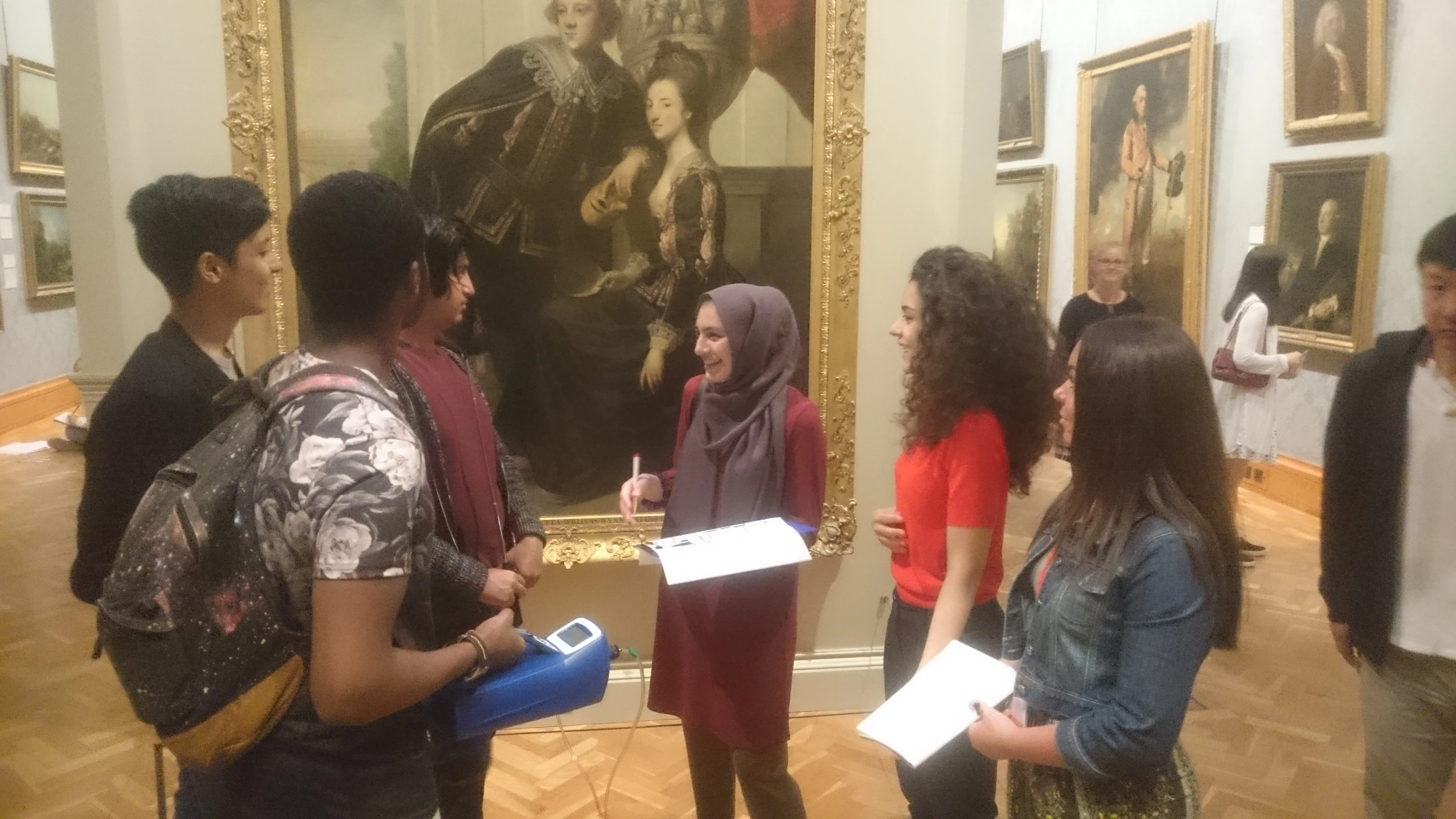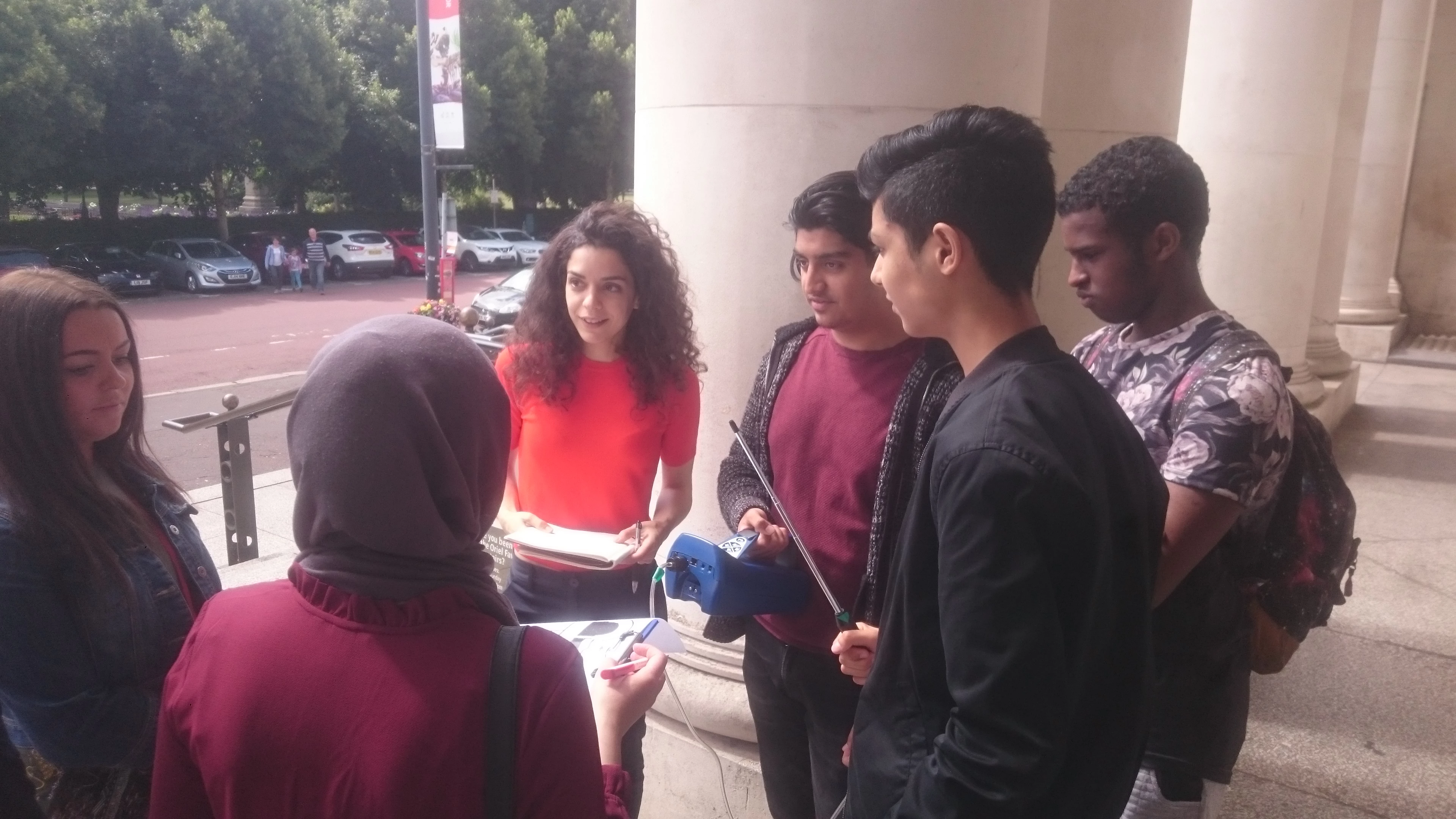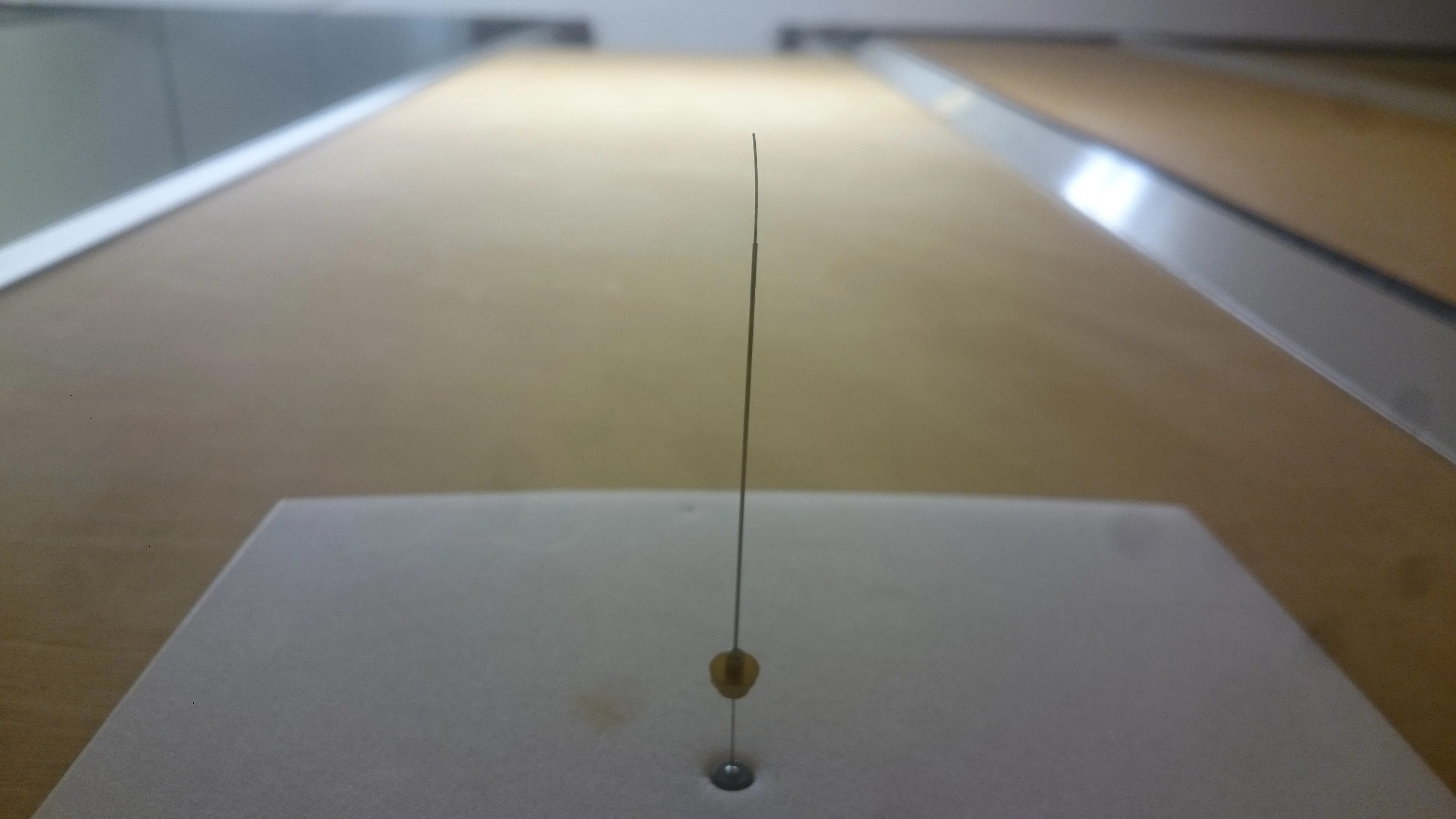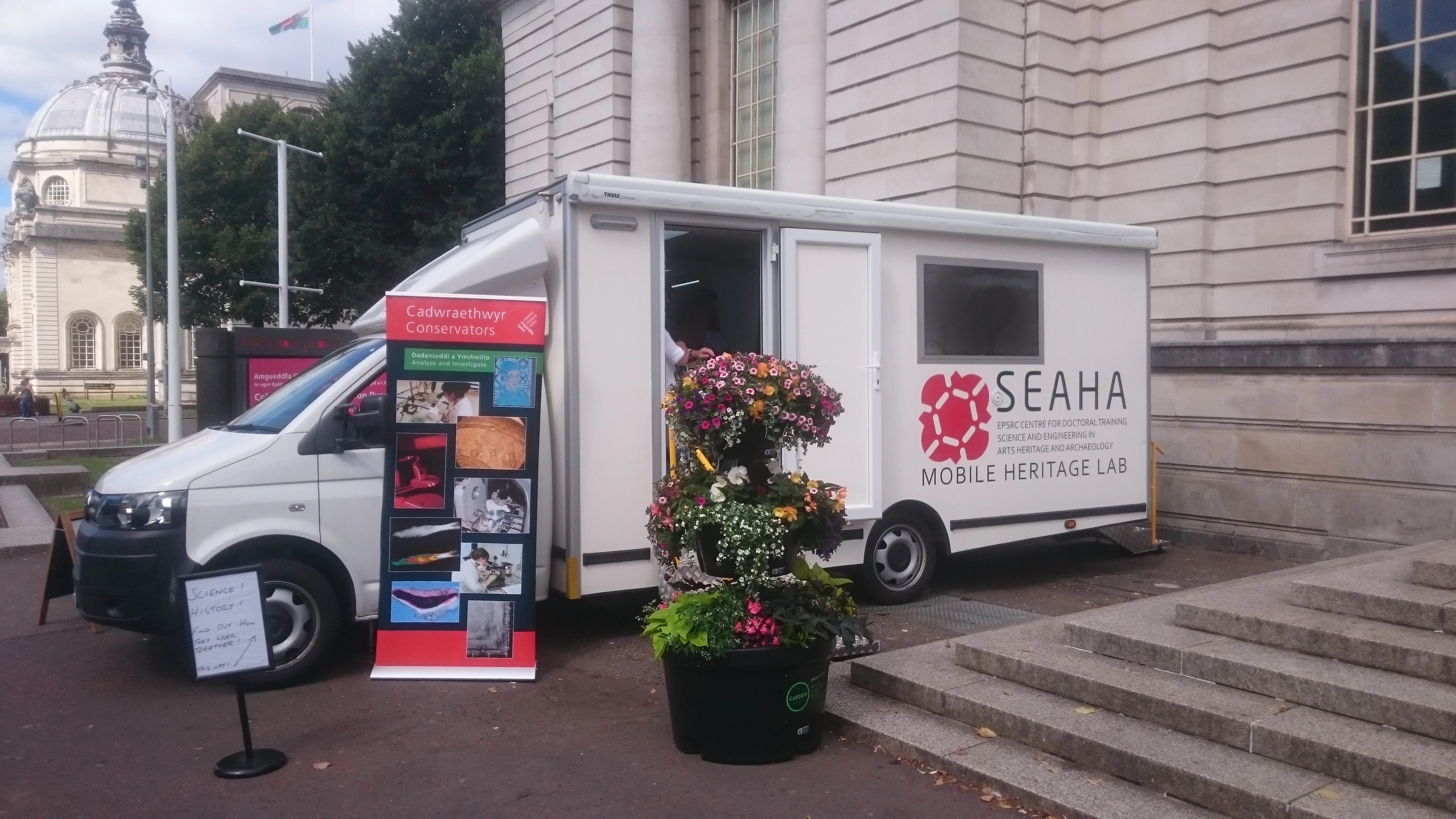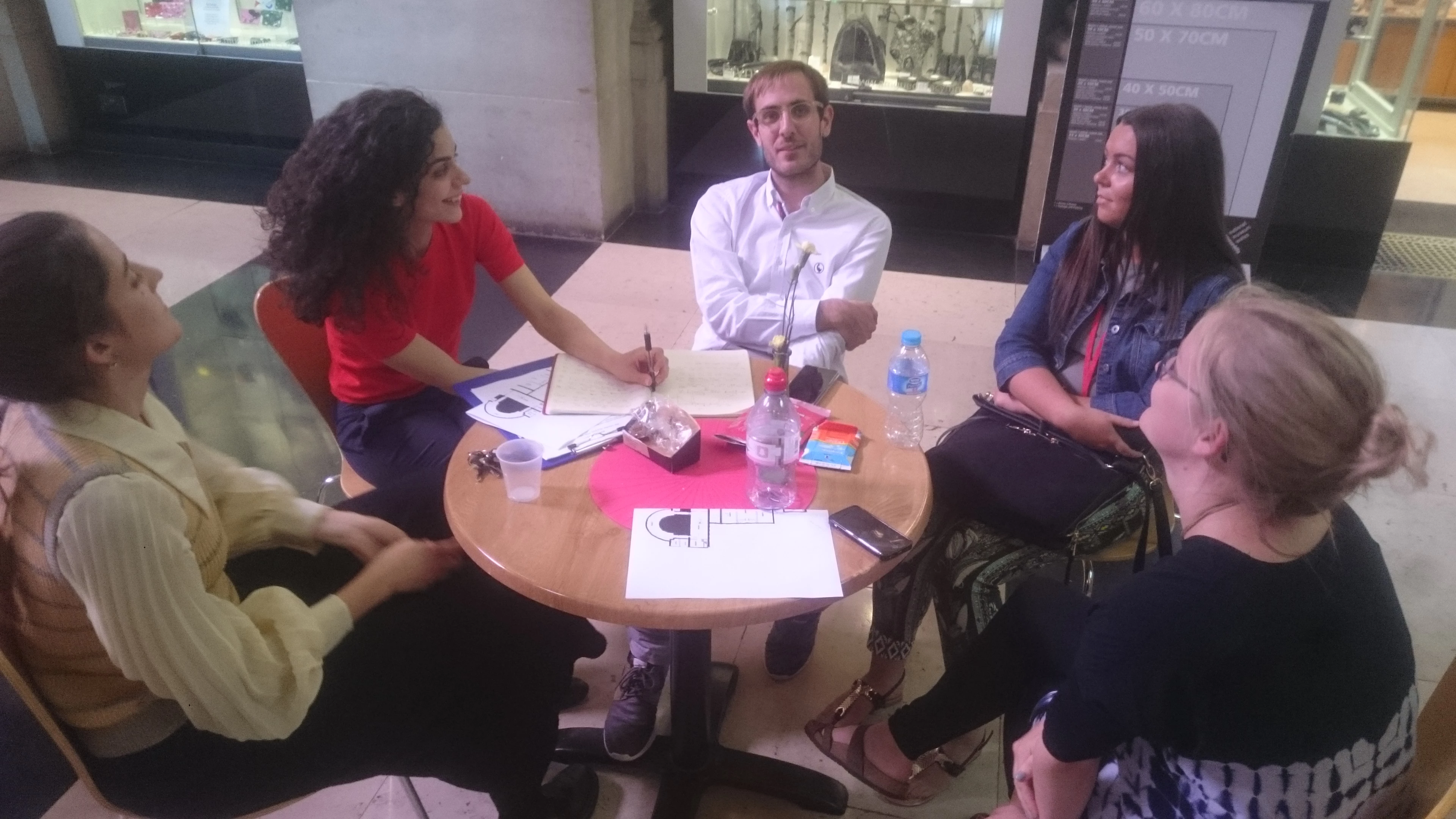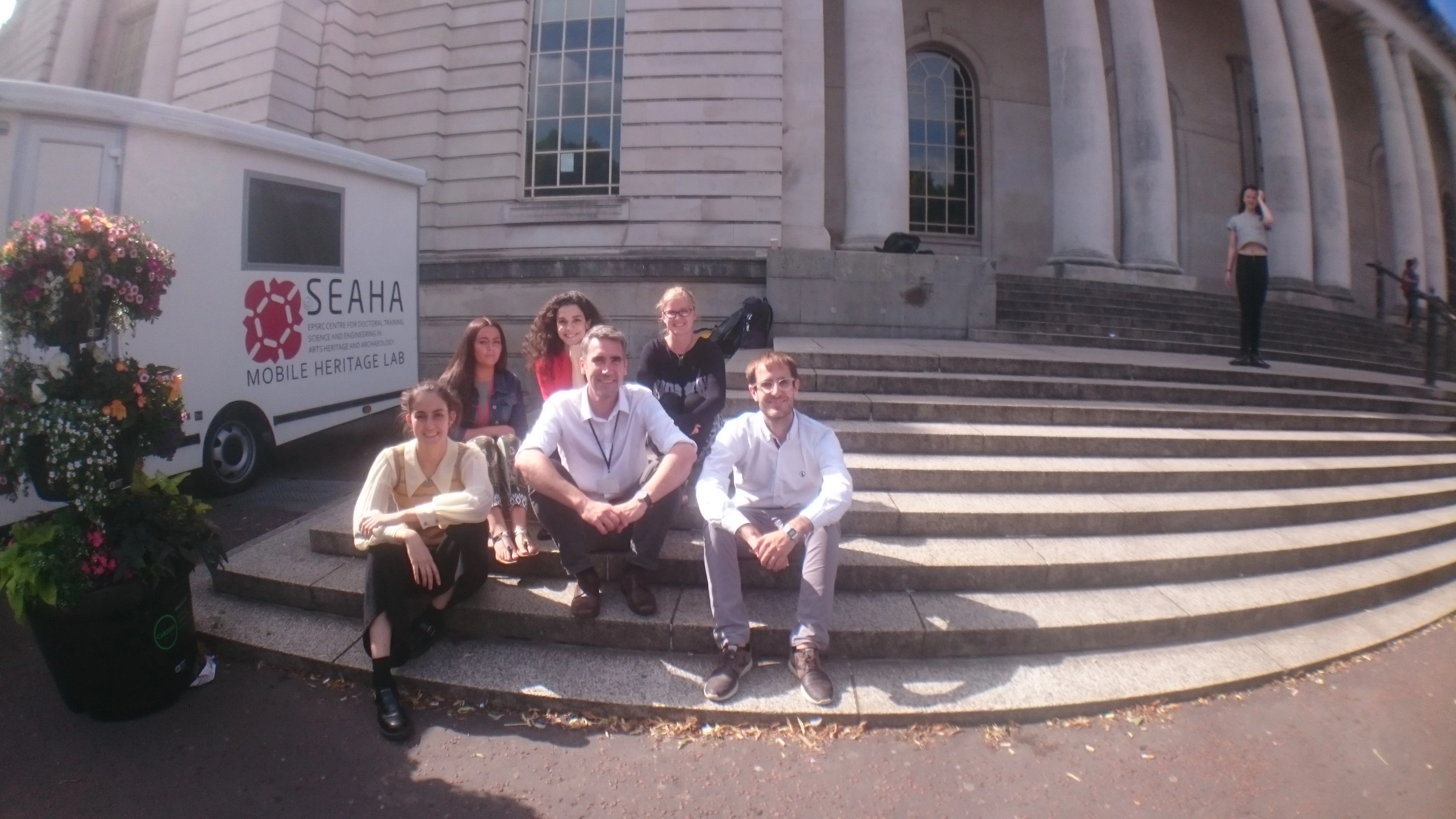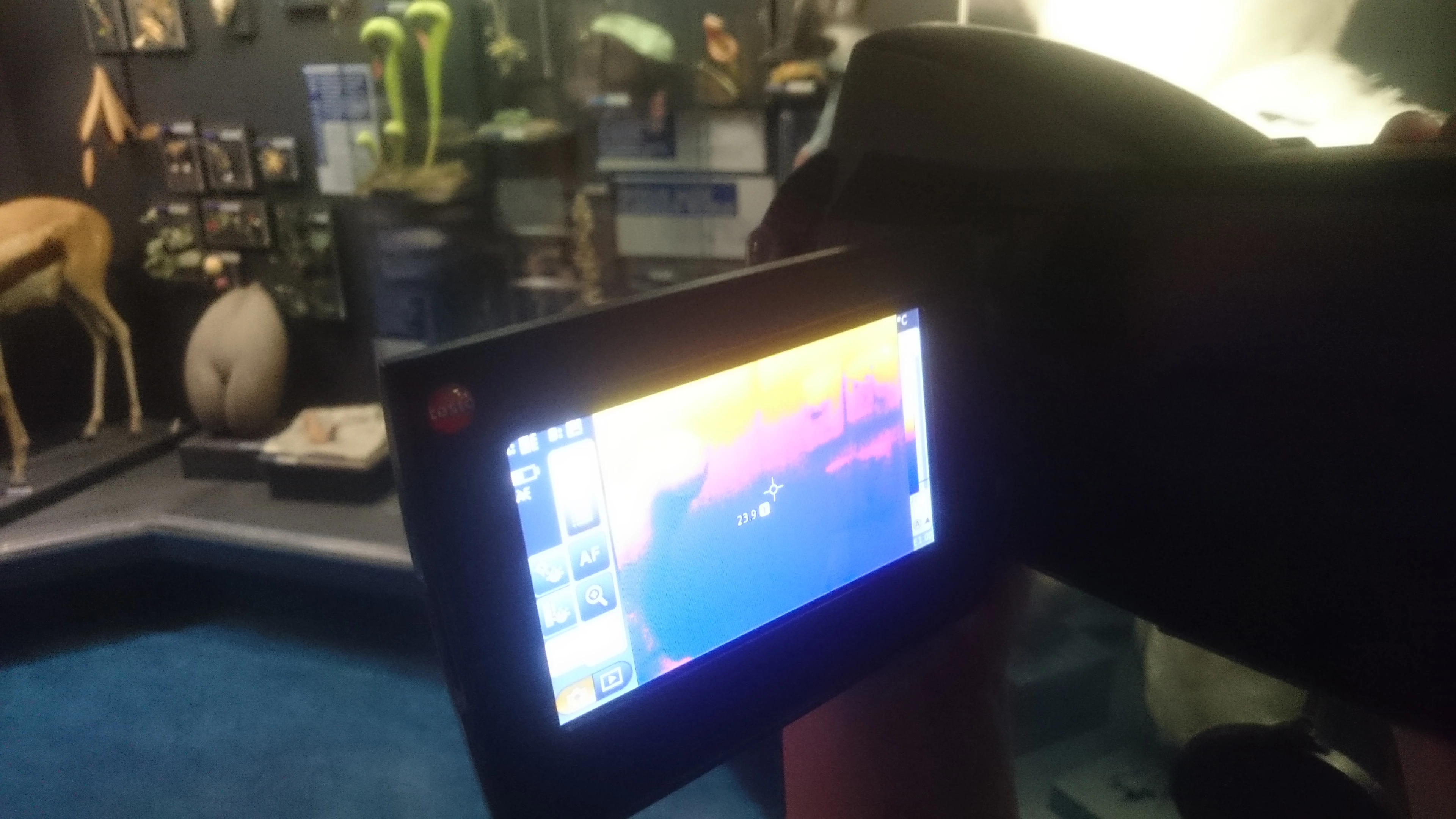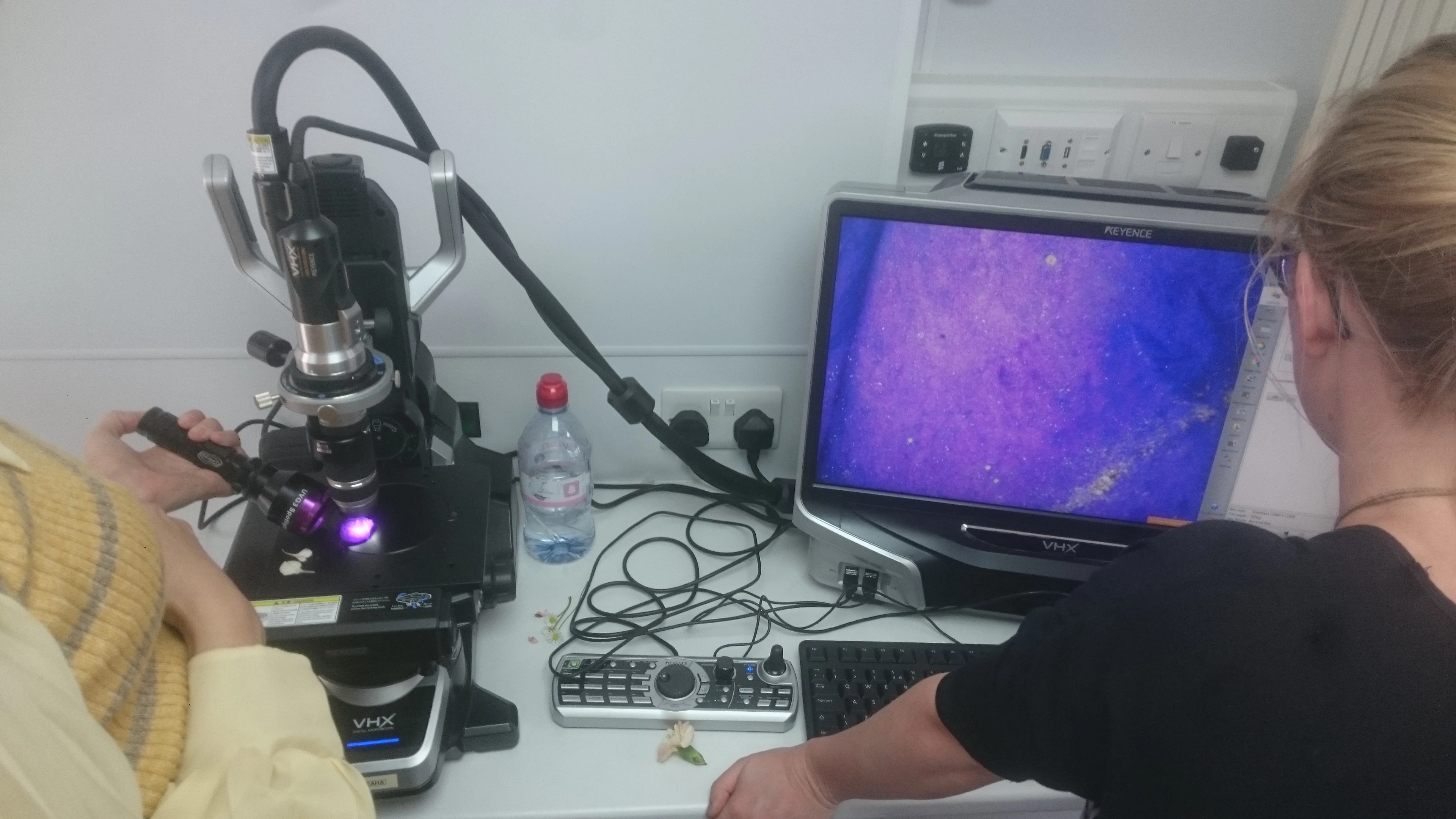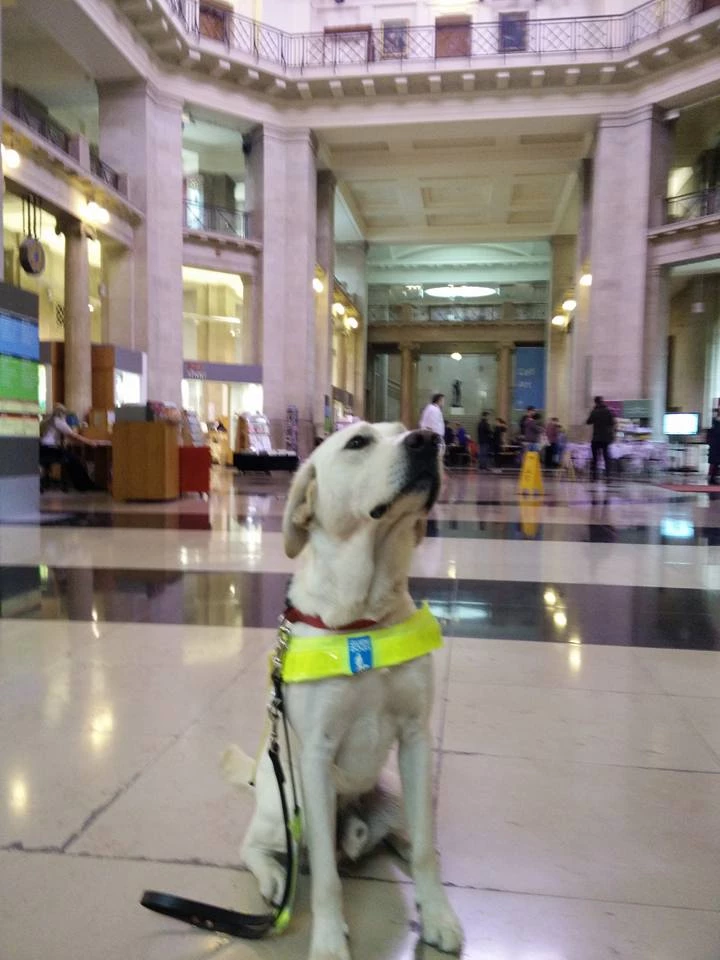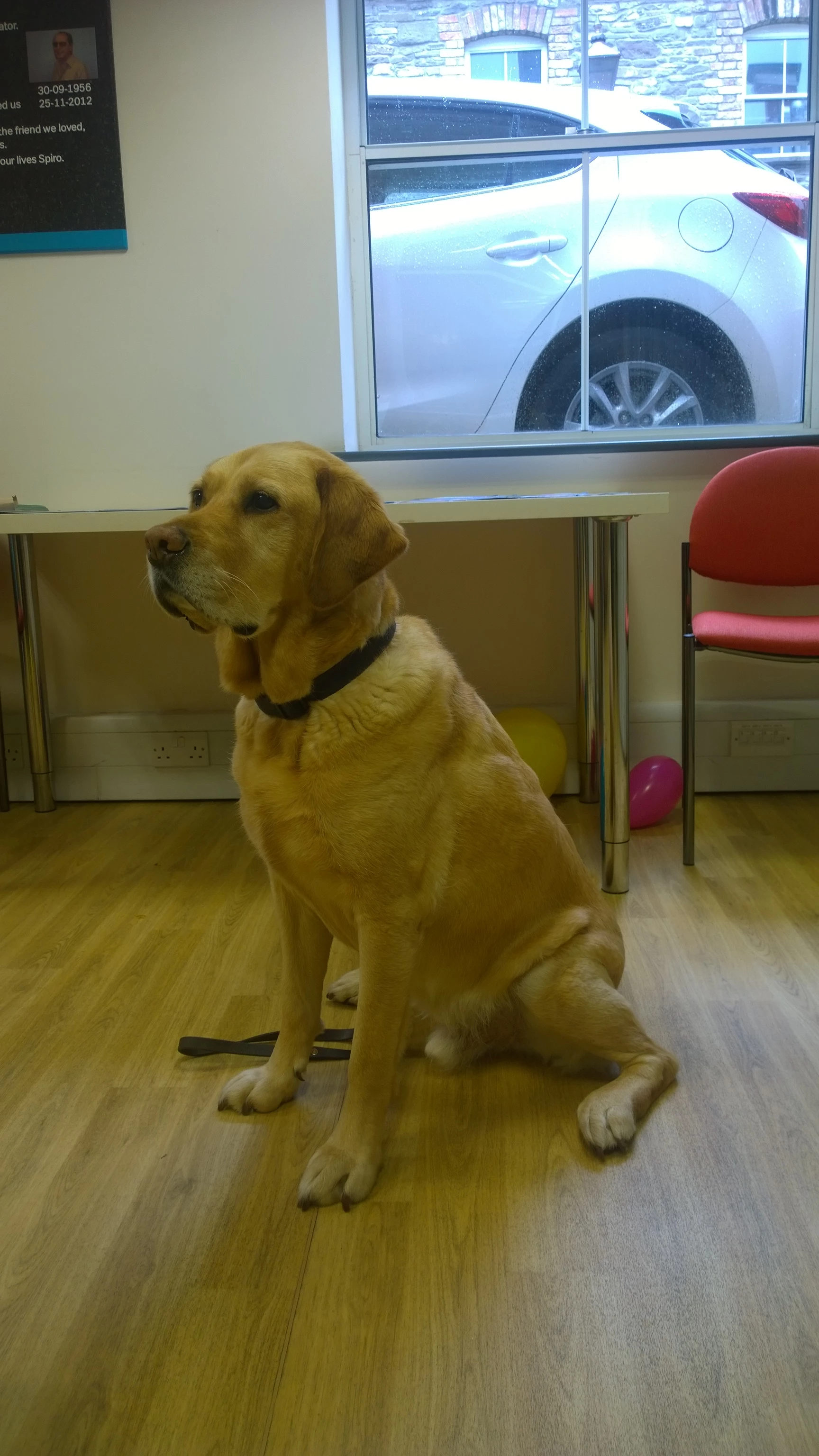Swansea - ‘City of Sanctuary’
, 27 Gorffennaf 2017
Wales is culturally diverse from three hundred years of industrial heritage and a history of people coming here for work in mining and quarrying, dock yards, heavy industry. Lately jobs in tourism, modern industry and students coming to study at our universities make us a melting pot of cultures. Indeed, my grand-father came to Swansea from the Faroe Islands (Danish) and my wife’s grand-father came from Holland, both to work on the docks around 1910. As economic migrants – they came here to earn more money and have a better life, they were not refugees.
They stayed, married Welsh girls and raised families. The street I grew up on, Prince of Wales Road in the Hafod, Swansea there lived people from Italy, Ireland, Scotland, Poland and England, and the bottom of the street was known as ‘Jews Row’ where Jews from all over the world lived. As children we just thought this was normal and every street in the UK was just like ours.
Unsurprisingly with this background, Swansea became a ‘City of Sanctuary’ in 2010, the second one in the UK after Sheffield.
Part of my job is in the Public History Team for Amgueddfa Cymru. This means we actively seek out different groups and individuals in the community and gather their stories and history. Through my job I have met people who have been displaced from their homeland for various reasons and are seeking safety and shelter.
So, when last May (2017), I attended ‘Asylum Seeker and Refugee Awareness’ training at the Waterfront Museum as part of our staff training, I thought I was fairly clued up about the subject.
The training was delivered by a lady working for Swansea City of Sanctuary and another lady who was an asylum seeker and she told us about her personal experiences.
It’s strange, we see stuff on the TV and news and read stories in the papers and get a picture in our heads about a situation but very often is only half a story. Learning factual numbers and hearing personal testimony made me realise how far off the mark I was, how little I knew.
For instance, we were asked to rank the top ten countries of the world in order of which ones take the most refugees. As a group we managed to name one or two correctly.
The top ten are: Turkey, Pakistan, Lebanon, Iran, Ethiopia, Jordan, Kenya, Uganda, Congo and Chad.
Surprised? I was. The UK, Germany or France don’t make the top ten even though I was convinced they would as it seems to make headlines on a regular basis in our media. The biggest refugee camp in the world is in Kenya with around 200,000 people living in it!
We learned what the difference is between an asylum seeker and a refugee. Both are displaced persons – they have had to leave their country of origin for lots of different reasons; war, religious beliefs, persecution or sexual orientation.
An asylum seeker is a person who is fleeing persecution in their home country, has come to the UK and made themselves known to the authorities. They then exercise their legal right to apply for asylum. If they are granted asylum here then they have ‘refugee’ status.
I found out that many of these desperate people are brought to Europe and the UK by traffickers and quite often they have no idea which country they are in. Most are stripped of belongings and passports so have no way of proving who they are, their age and marital status etc. when questioned by the authorities.
After assessment and a screening interview, if the person becomes an asylum seeker they then have to wait until their case is further assessed to get refugee status or be rejected. At any time during this process people can be subject to detention, deportation or destitution. Destitution means having no recourse to public funds, having no money and nowhere to live.
Asylum seekers are dispersed all over the country and are given free accommodation in private lettings. They are not allowed to work. They receive a maximum of £36.95 a week - £5.28 a day for food, toiletries, everyday needs and travel. As asylum seekers have to regularly sign in at an immigration office which can be some distance from where they live, a day’s money can be used up in bus fares.
The application process can take years for a person to get a decision on refugee status and the onus is on the asylum seeker to prove persecution of an ongoing threat and not a one off occurrence.
For many this period in limbo can very difficult. The lady we spoke to told us to imagine you suddenly found yourself in somewhere like China and couldn’t speak the language or understand the culture. Finding your way around and doing simple tasks is almost impossible. For example, she told us her and her two young children were placed in a house in Swansea on a cold January day. The house was cold, it had central heating but she had never seen central heating controls before and didn’t know how to work it. This lady was a psychologist in her own country but her qualifications are useless in the UK. She told us that even with all these problems she felt safe here, which was all she wanted for her family.
After the process is completed and refugee status is granted, as refugees they have the right to work and apply for family reunification. From March 2017, cases can be reviewed after five years to see if the threat to the person is still ongoing or if it is possible to be returned to their country of origin.
If refugee status is not granted there are a number of avenues for appeal but ultimately if status is not granted then the person can be deported.
After listening to the trainer and hearing the stories of asylum seekers I was left with a helpless feeling inside me. Every story we heard made me think ‘what if that was me and my family?’ and how grateful we would be to find somewhere to feel safe. The biggest point I took away from the morning was: Refugees are just people like you and me who had jobs, housing, education and good standards of living, suddenly taken away from them through no fault of their own. They just need the chance to start over again without fear.
At the end of 2016 there were 2,997 asylum seekers in Wales, 0.09% of the population.
